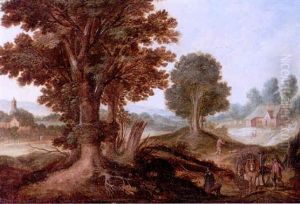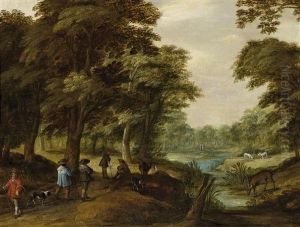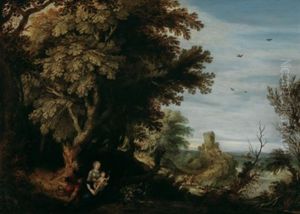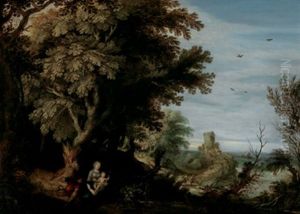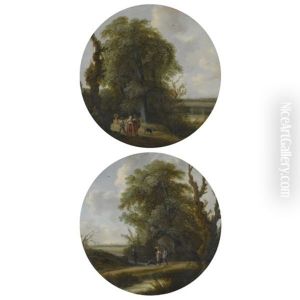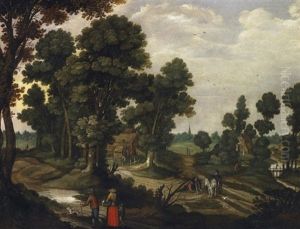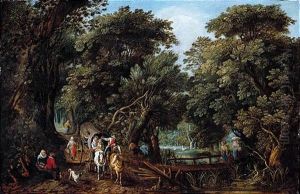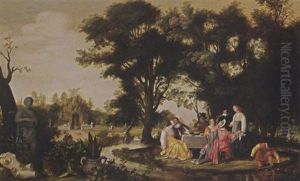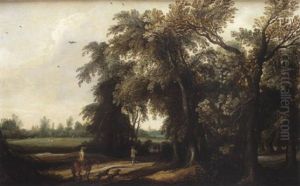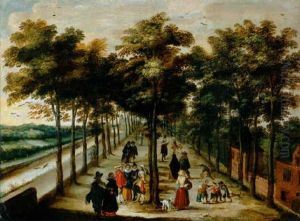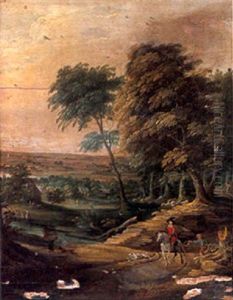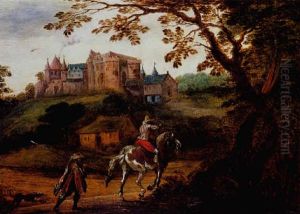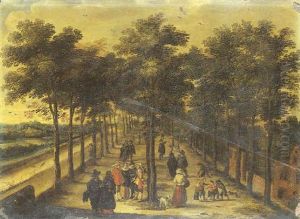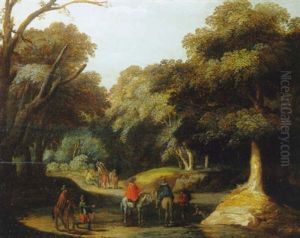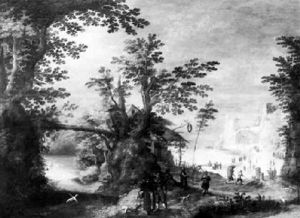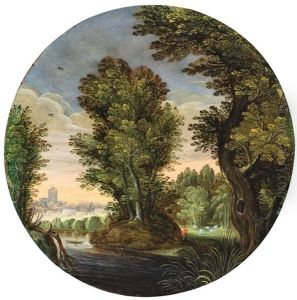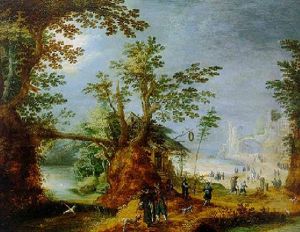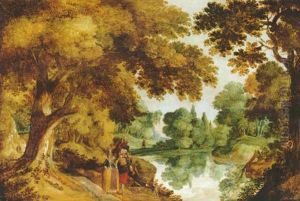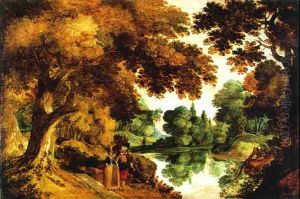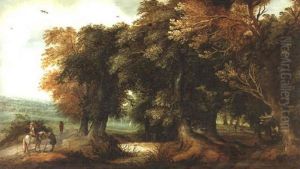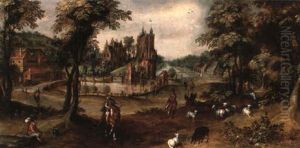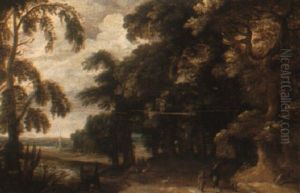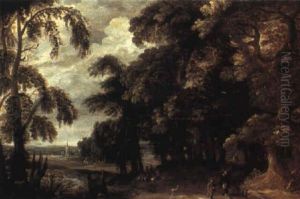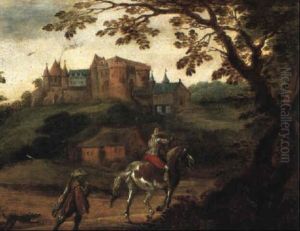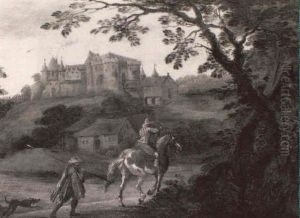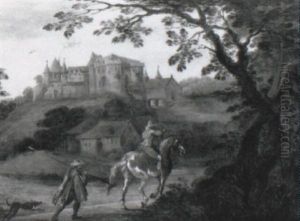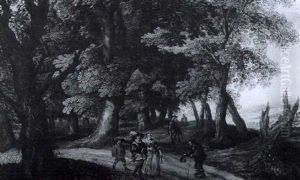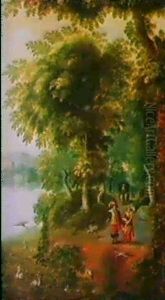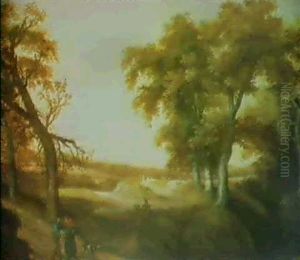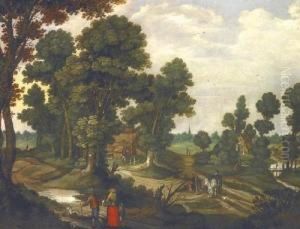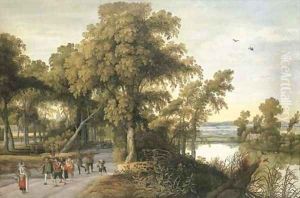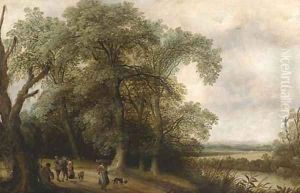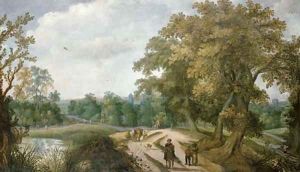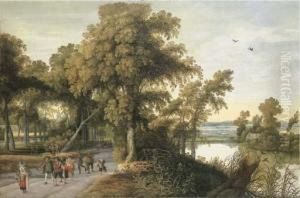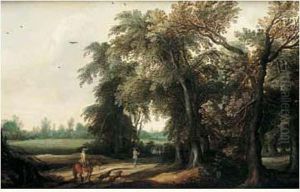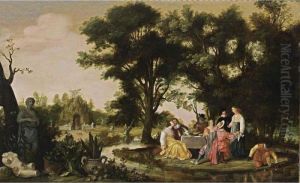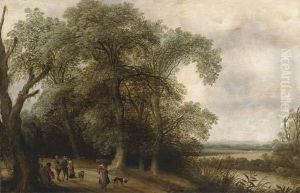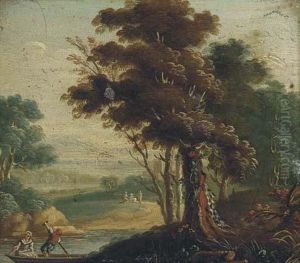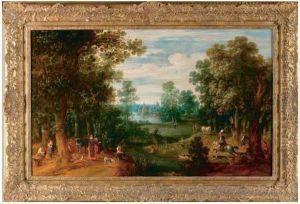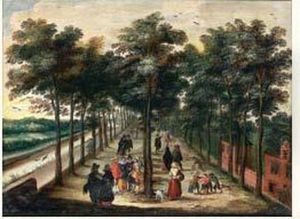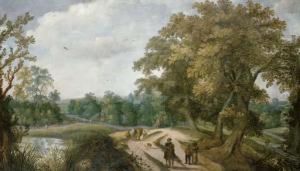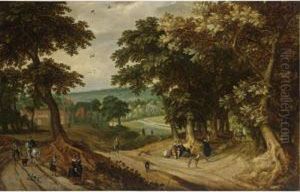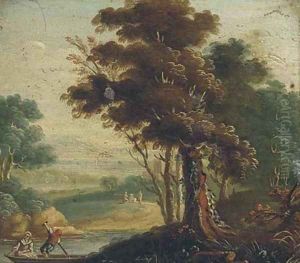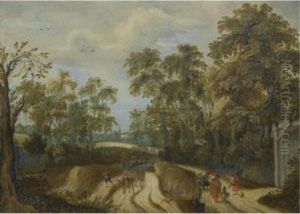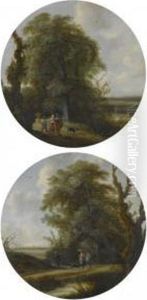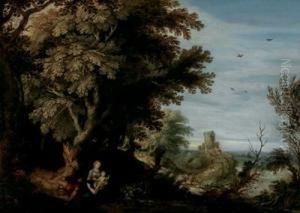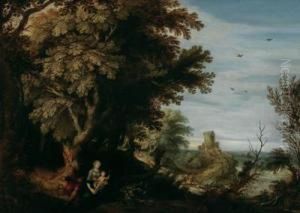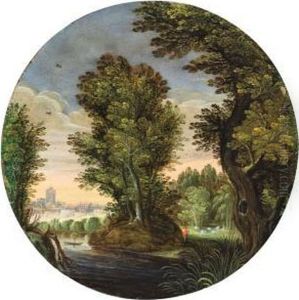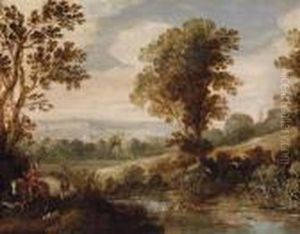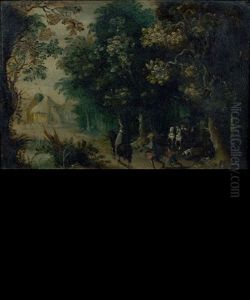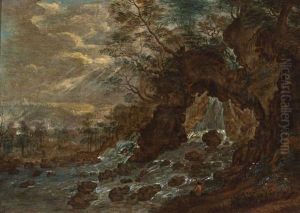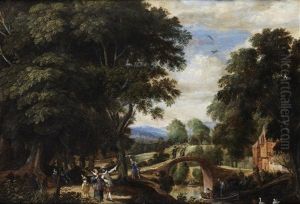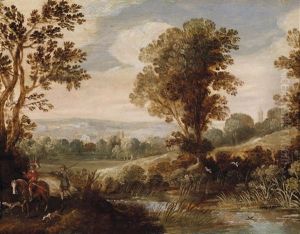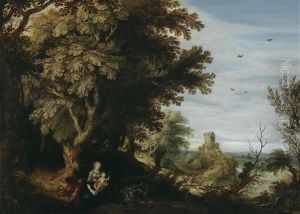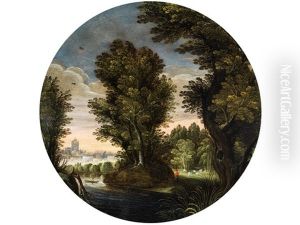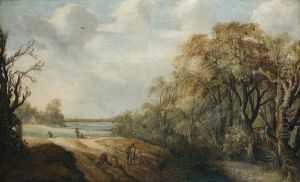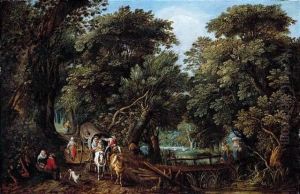Willem Van Den Bundel Paintings
Willem van den Bundel was a Dutch Golden Age painter and engraver, born in Brussels in 1575. His life and work were part of the rich artistic tradition that flourished in the Netherlands during the 17th century. He is known to have worked in various cities, including Brussels, Antwerp, and The Hague.
Van den Bundel's work included a variety of subjects such as landscapes, genre scenes, and portraits. However, historical details about his life and career are somewhat scarce, and his oeuvre is not as well documented as some of his contemporaries. Despite this, he is recognized for his contribution to the Northern European art scene of his time.
He trained in the workshop of an unknown master and, like many artists of his generation, he became a member of the local Guild of Saint Luke. This guild was an association of artists that was common in the Low Countries and other parts of Europe during the Renaissance and Baroque periods. Membership in this guild was essential for any artist seeking to practice and sell their work.
Among his notable works, van den Bundel is credited with engravings that depicted the sieges of various cities, a popular subject in the 17th century, which reflected the ongoing military conflicts of the era. His landscapes often included depictions of the countryside of the Southern Netherlands (present-day Belgium), which was undergoing significant changes during his lifetime due to war and economic development.
Willem van den Bundel's death is recorded as being in 1655. Although he is not as widely recognized today as some of his contemporaries, his works contribute to the understanding of the artistic landscape during the Dutch Golden Age and provide valuable insight into the styles and subjects that were appreciated by the society of his time.
